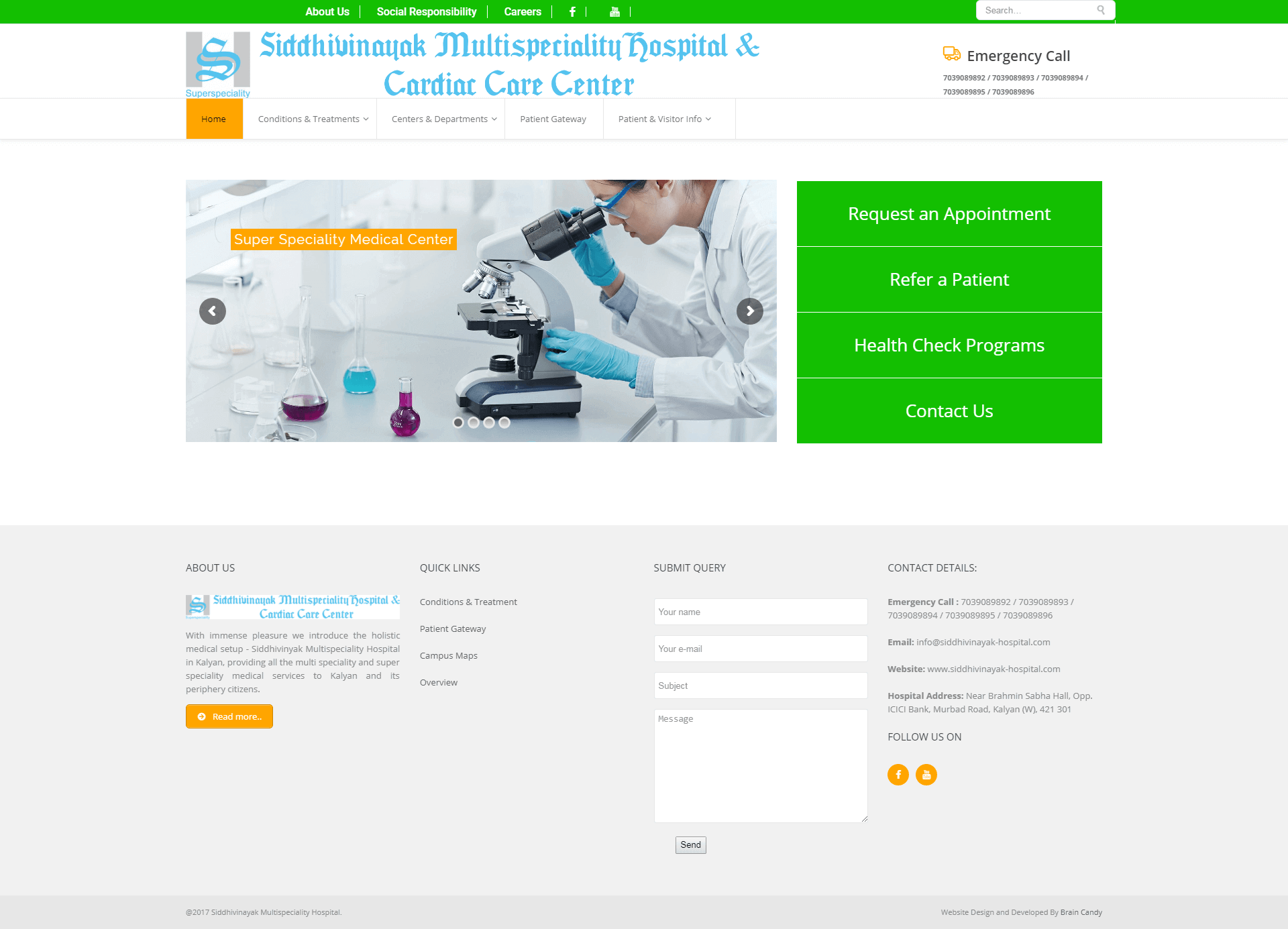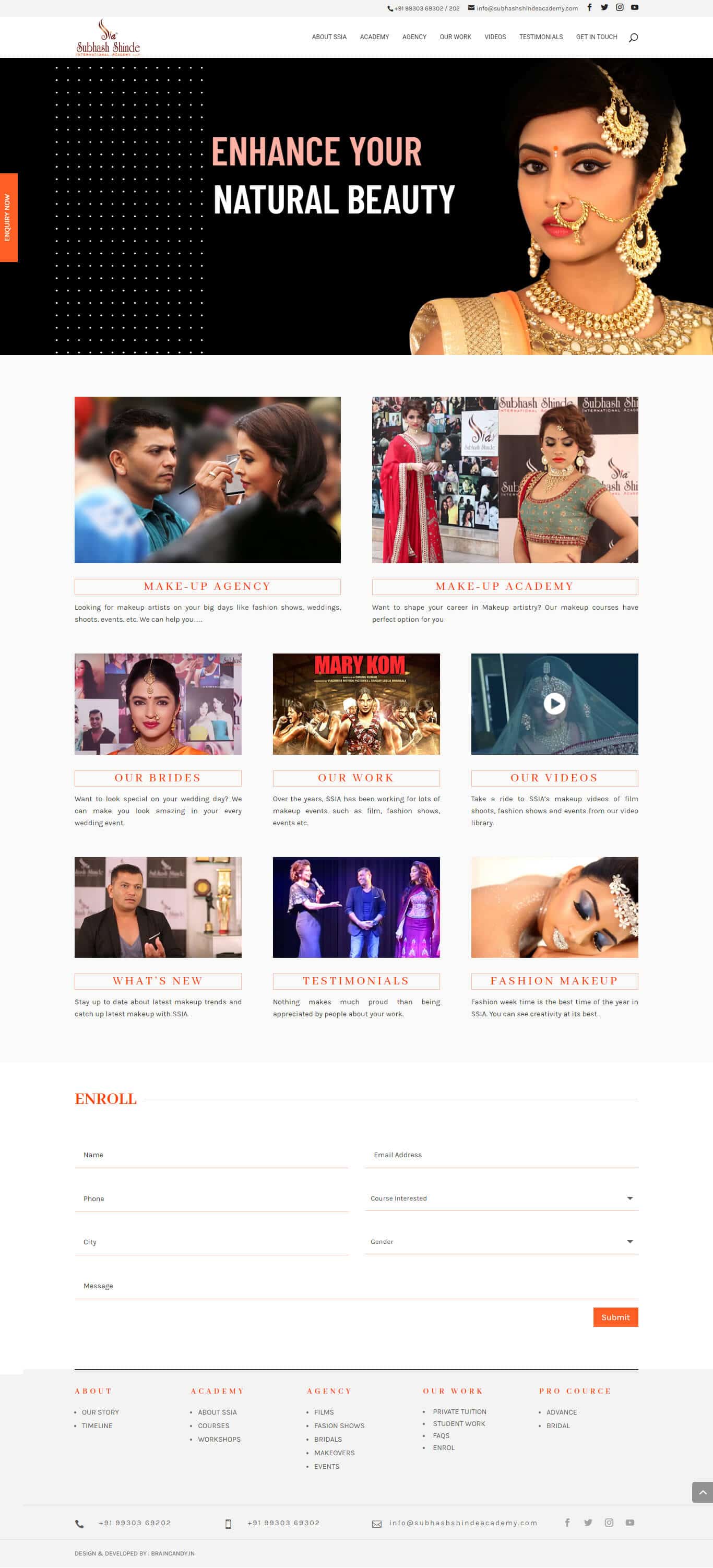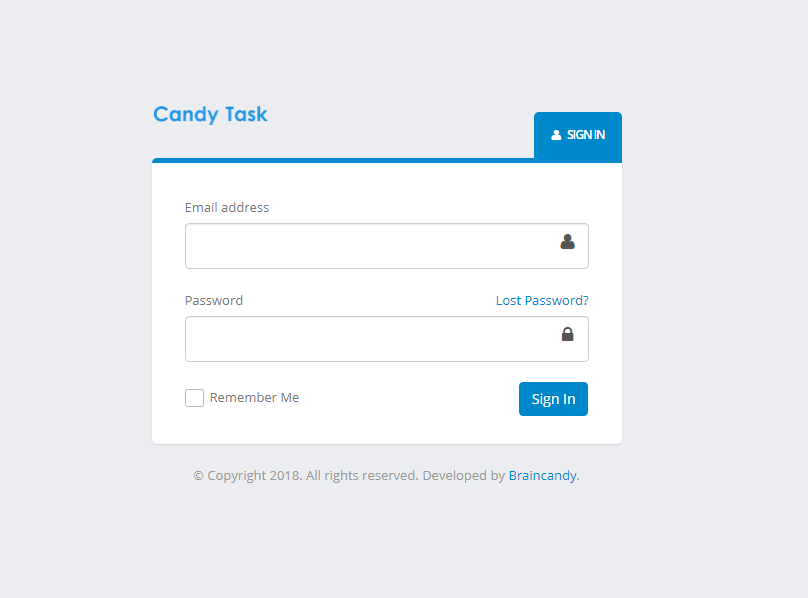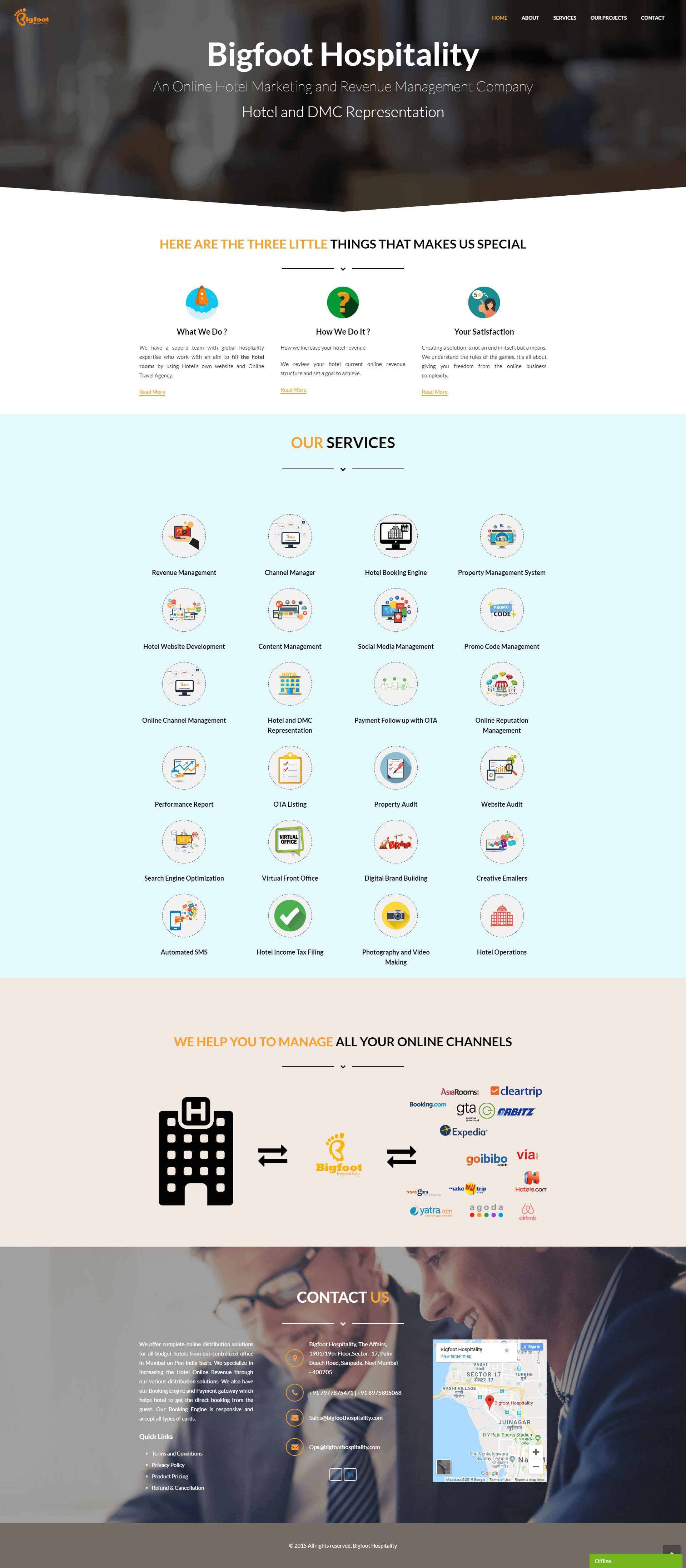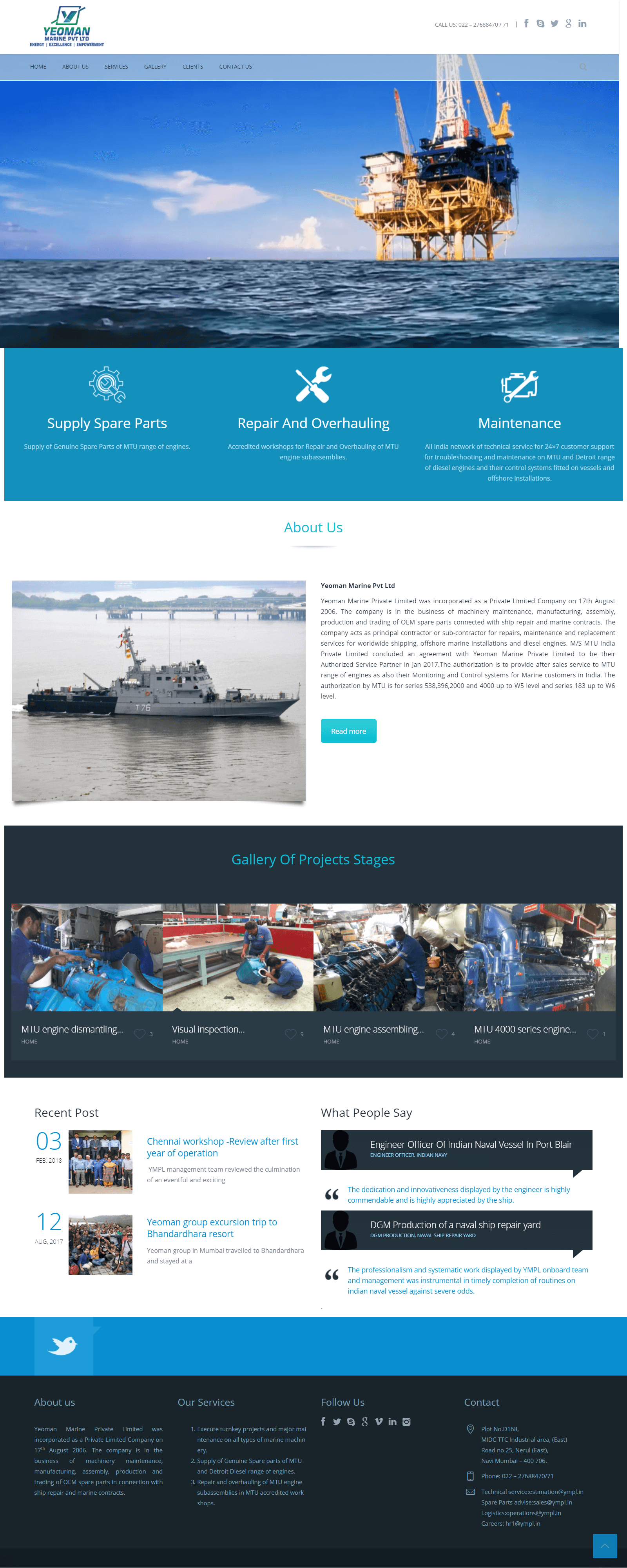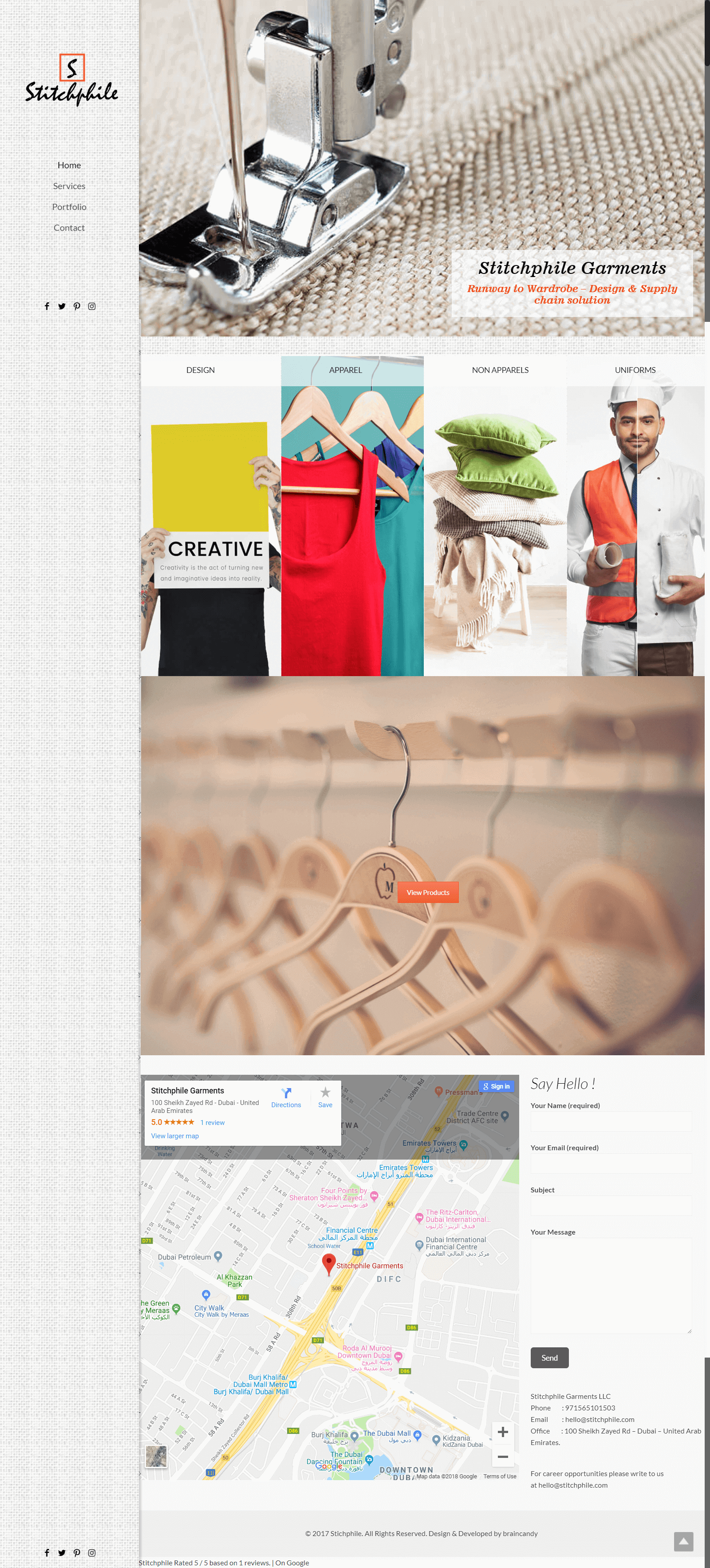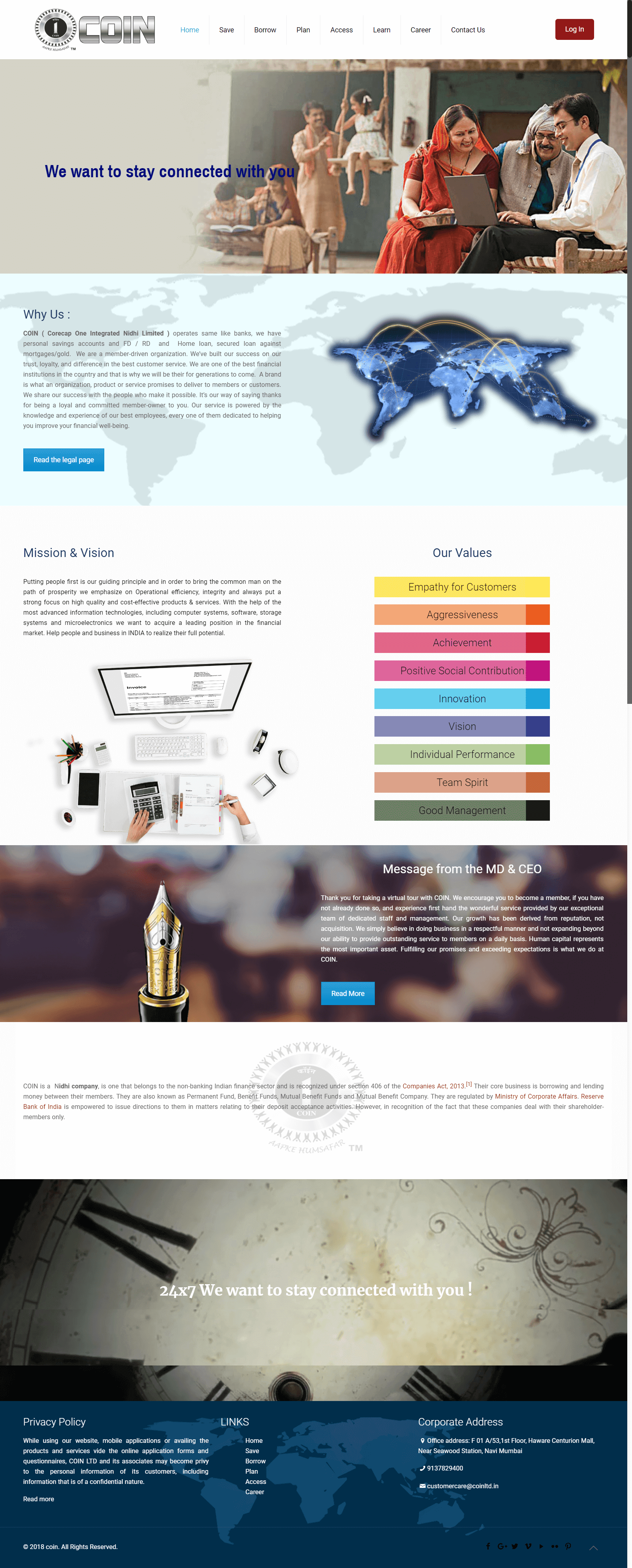- BY braincandy
- POSTED IN Uncategorized
- WITH 0 COMMENTS
- PERMALINK
- STANDARD POST TYPE

With the average reader spending only 15 seconds on a webpage, capturing attention is more crucial than ever. Readability plays a significant role in SEO and keeps users engaged. This article provides actionable steps to enhance the readability of your blog posts.
Mastering Sentence Structure and Length
Keep it concise
Short, focused sentences significantly improve readability. Research shows that sentences of 15-20 words are easiest for readers to process. For example:
- Long Sentence: “The quick brown fox jumps over the lazy dog and runs toward the forest where it hides from potential threats.”
- Short Sentence: “The quick brown fox jumps over the lazy dog. It runs toward the forest to hide.”
Vary sentence structure
Monotonous sentences can bore readers. Mix up your sentence types — simple, compound, and complex — to keep writing lively. For instance:
- Simple: “I like reading.”
- Compound: “I like reading, and I enjoy writing.”
- Complex: “I like reading because it opens up new worlds.”
Active vs. Passive Voice
Using active voice makes writing clearer. For example, instead of saying, “The book was read by me,” say, “I read the book.” Active voice drives engagement.
Strategic Paragraphing for Enhanced Readability
Paragraph length and structure
Aim for paragraphs of 3-5 sentences. Start with a topic sentence that outlines the main idea, then follow with supporting sentences. Transition sentences help connect ideas smoothly.
White space and formatting
Visual breaks enhance comprehension. Studies show that paragraphs with ample white space are easier to read. Ensure to add breaks to maintain visual appeal.
Using headings and subheadings
Organize your content with H2 and H3 headings. This structure creates a clear flow, making it easy for readers to scan and find relevant information quickly.
Choosing the Right Words: Vocabulary and Tone
Simple language and vocabulary
Avoid jargon and complicated terms. Use plain language. For instance, instead of saying “utilize,” simply say “use.”
Consistent tone and style
Keep a consistent tone throughout your post. A friendly, professional tone builds trust and keeps readers engaged. Changing your tone too often can confuse readers.
Using strong verbs and avoiding weak words
Strong verbs add power to your writing. Instead of saying “make a decision,” say “decide.” This small change improves sentence strength.
Visual Elements: Images and Multimedia
Strategic use of images and visuals
Incorporate relevant images to break up text. Quality visuals retain reader interest. Choose images that complement your content and support your message.
Multimedia integration (videos and podcasts)
Offering videos or podcasts can enhance engagement. Some readers may prefer watching or listening rather than reading.
Accessibility considerations
Always use alt text for images to ensure accessibility. This practice helps readers with disabilities understand the content.
Optimizing for Scannability: Design for Quick Comprehension
Bulleted and numbered lists
Lists highlight key points and improve readability. For example, use bulleted lists to summarize essential steps or tips.
- Tip 1: Keep sentences short.
- Tip 2: Use simple language.
- Tip 3: Break up text with images.
Bolding and italics
Use bolding and italics to emphasize important points. This technique draws attention to key terms and phrases.
Use of call-outs and pull quotes
Incorporate call-outs and pull quotes to create visual appeal. They stand out and allow key insights to be highlighted effectively.
Proofreading and Editing for Clarity and Accuracy
Importance of proofreading
Thorough proofreading catches mistakes and enhances clarity. Reading your work aloud can help identify awkward phrasing or errors.
Using editing tools and resources
Consider tools like Grammarly or Hemingway. They assist in improving grammar and readability, making it easier to refine your writing.
Seeking feedback from others
Getting feedback can improve clarity. A fresh perspective often highlights areas needing improvement that you might overlook.
Conclusion
Improving readability involves concise sentences, strategic paragraphing, and using compelling visuals. These elements enhance both SEO and user experience. Implement these tips in your writing to create engaging, easy-to-read posts that resonate with your audience. Start enhancing your readability today!

